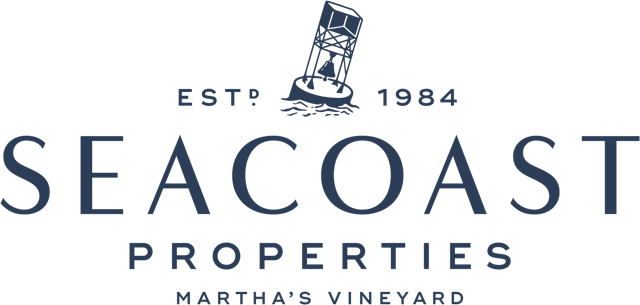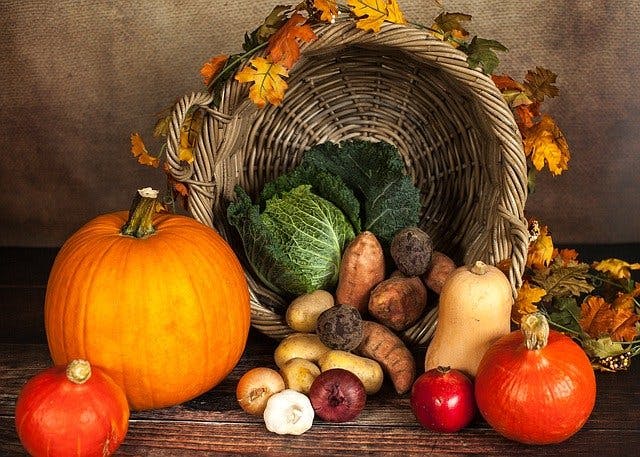Aquinna is on the southwestern tip of Martha’s Vineyard. It’s a spectacular place to visit, with the journey “up-island” along South Road giving a gorgeous view to the sparkling water. The trip culminates off State Road at the multi-colored clay cliffs which soar 150 feet. Perched atop Aquinnah Cliffs is Gay Head Lighhouse.
On a clear day, you can see all the way to the Elizabethan islands, and catch sunset over the water. A scenic visit to Aquinnah warrants the discovery of it’s more meaningful history around the Native American inhabitants—the Wampanoags.
Who Are the Wampanoags?
The Wampanoags are the original inhabitants of New England, dating back at least 10,000 years in Aquinnah.
Wampanoag legend tells of a giant Indian, Moshup, who lived in a den beside the cliffs. The story goes that the cliffs were red from the whales hunted off the shores, which Moshup plucked from the sea by the tail.
But the Wampanoags are perhaps best known for their role in the first Thanksgiving in Plymouth, Massachusetts. According to that tale, these friendly indigenous people joined early colonists for turkey dinner to celebrate the courageous pilgrims. The story goes that the Wampanoags saved the Pilgrims of Plimoth, then humbly gave way to colonization.
That’s not exactly true.
The Real Story of Thanksgiving
The truth is closer to this: The colonists were suffering from cold and starvation, and Native Americans were decimated by an epidemic. Squanto, a Wampanaog formerly kidnapped into slavery (where he learned English), acted as an interpreter and guide to the pilgrims, by helping them plant corn and teaching them where to fish.
In 1621, a small group of Pilgrims and Wampanoags in Plymouth celebrated the fall harvest. This came about as a matter of survival...the Pilgrims exchanged European weapons for food. And then ultimately, the colony overtook the natives.
According to Smithsonian, the Thanksgiving meal more likely consisted of deer (from the Wampanoag), assorted wildfowl (ducks and geese from the Pilgrims), fish, and native corn ground for cornbread and porridge.
The feast may have included pumpkins and other squash, but without butter or flour for pie crust—sorry, no pie.
Where Are the Wampanoags Now?
Today, between 4,000-5,000 Wampanoags live in New England, with about 300 in aboriginal lands of Aquinnah. The local tribe, The Wampanoag Tribe of Gay Head (Aquinnah) is federally recognized.
They proudly carry on their ancestral customs and preserve the culture and lands of Aquinnah. It’s important to note the history of this country began long before the arrival of the Mayflower and European settlers.
Untill 1997, the town of Aquinna was called Gay Head, named for the “gaily colored cliffs.” Today, the name “Aquinnah” honors its Native American heritage. In Wampanoag, it means “land under the hill,” or according to other sources, “Place at the End of the Island.”
Do You Need to Book in Advance to Visit Aquinnah Cliffs?
The Cliffs are to the west of Gay Head Light, where there is a paid parking lot open to the public. While booking in advance is not necessary to see the Aquinnah Cliffs, visitors during the high season will want to visit early in the day so the lot is not full.
Things to Do in Aquinnah and MV for Thanksgiving
In addition to visiting the scenic Aquinnah Cliffs and Aquinnah Lighthouse, consider the following while visiting Martha’s Vineyard over Thanksgiving:
- Visit the Aquinnah Cultural District’s viewing platform for the best view over the cliffs and the ocean. All the shops in this small area are owned by the tribe, so you can buy native art, jewelry, pottery, wampum, and other Native American crafts as souvenirs.
- View view the exhibits at the Aquinnah Cultural Center demonstrating the extent of Wampanoag nation before European colonization. At the Heritage Kisosk, hear rhythmic drums, see traditional Native American tools, and learn about tribe history.
- Enjoy a “traditional” Thanksgiving Dinner on Martha’s Vineyard at a local restaurant, like Sweet Bites Haven or The Black Dog Tavern. Or, you can get a free Range Misty Knolls Turkey to cook in your vacation rental from Menemsha Fish House.
- Don’t forget the pies! They may not be historically accurate but they are tasty, especially those at Morning Glory Farm and Orange Peel Bakery.
- Take in the Vineyard Artisan Festival, the largest art show on Martha’s Vineyard, to shop ceramics, clothing, jewelry, fine art, and unique furniture.
- Stop at Lobsterville to walk the beach and view the basin. You’ll see colorful cranberry bogs on tribal lands, much like they’ve been for hundreds of years.
Final Thoughts on Aquinnah
Aquinnah is gorgeous, and that alone might be reason enough to visit. But it’s important to recognize and appreciate the depth of its history, culture, and natural beauty - especially around Thanksgiving time.

